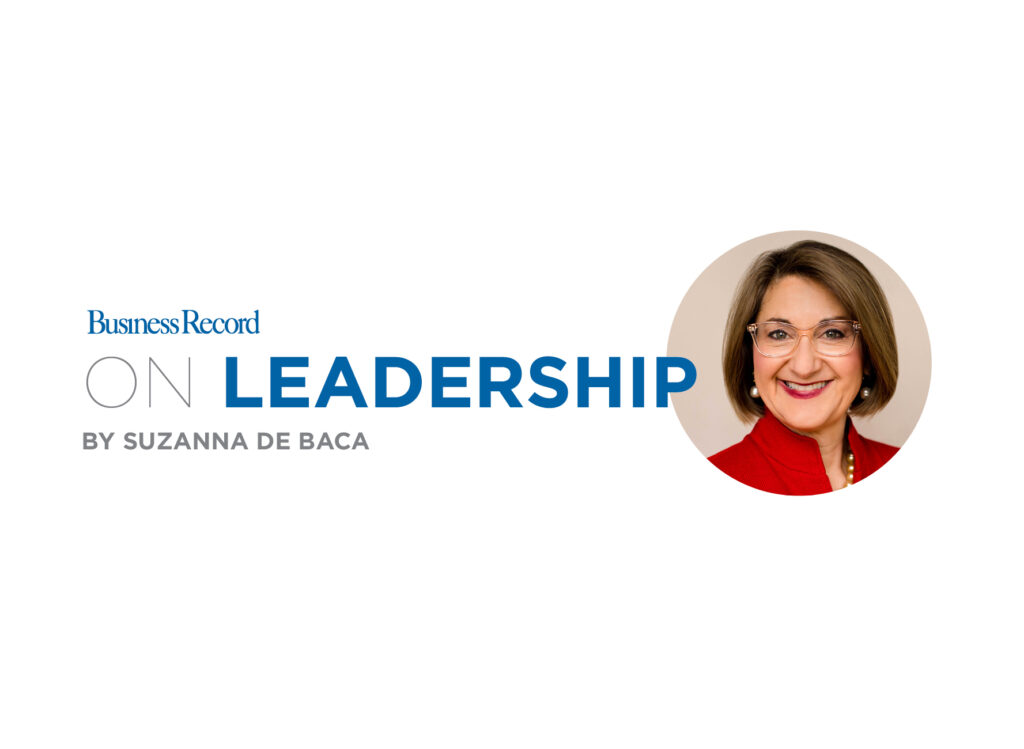The Elbert Files: The pandemic, politics and Iowa’s urban-rural divide

The gap between urban and rural Iowa has widened markedly in recent years.
Iowa State University economist David Swenson explored one aspect of the divide last year when he compared employment growth in urban and rural areas following the Great Recession of 2007-2009.
Two Iowas emerged from the recession, Swenson said. Neither kept pace with the 16% job growth that occurred nationally between 2007 and 2018. But urban Iowa was at least growing, while rural Iowa was shrinking, as it had been for decades.
After the recession, the pace of the divergence accelerated.
Between 2007 and 2018, Swenson found, Iowa’s metropolitan counties added 111,774 jobs for a growth rate of 9%, while nonmetropolitan counties lost 16,046 jobs, a 2% decline.
Even more telling were Swenson’s industry-by-industry breakdowns.
In metropolitan counties, 15 industries gained jobs. They included health care and social assistance, which added 30,659 jobs, accommodation and food services (10,434 jos), construction (5,562) and manufacturing (117).
In nonmetropolitan counties, 14 industries lost jobs, with health care and social assistance losing the most, 12,010. Other losses included retail (5,957), manufacturing (5,636) and construction (3,200).
Particularly hard hit were regional trade centers, cities like Clinton, Keokuk, Ottumwa, Mason City and Fort Dodge.
The divergence meant that as you moved away from Iowa’s largest cities you were more likely to find “more elderly, fewer children, leaner commercial structures, fewer professionals and much less diversity,” Swenson said.
Other differences became more marked, too, including politics.
Before the 2007-2009 recession, Iowa was considered a purple state with Republicans and Democrats enjoying roughly equal strength. Republicans held sway in rural areas, while Democrats were stronger in urban centers and second-tier cities including Dubuque, Mason City, Fort Dodge and Sioux City.
But Donald Trump upended Iowa’s political landscape in 2016, capturing all but six counties – Polk, Linn, Scott, Johnson, Black Hawk and Story. In addition to capturing rural Iowa, Trump won in second-tier cities and smaller manufacturing hubs that had previously leaned Democratic, including Clinton, Fort Madison, Newton and Marshalltown.
In 2020, Iowa’s political division was even more pronounced with Trump extending his majorities in rural and small-town Iowa, while Democrats increased their margins in the six large counties they won in 2016.
Republicans also gained six seats in the Iowa House last year, pushing their majority to 59-41, and they maintained their 32-18 majority in the Iowa Senate.
That legislative strength gave Republican lawmakers the confidence – some call it arrogance – that is on display in this year’s Legislature, as they push new legislation aimed at limiting decision-making by school boards and city councils in urban areas on issues ranging from public health to police protection.
Another difference between urban and rural Iowa is the COVID-19 pandemic and the way communities have responded to it.
Mask-wearing is one example. Many smaller communities have been reluctant to endorse or enforce mask mandates, as have the Republican-controlled Iowa Senate and House chambers.
That’s resulted in an uneven spread of the virus with smaller communities often reporting higher infection and death rates than occur in urban areas.
A COVID map published by the New York Times with data as of Feb. 23 reflects Iowa’s urban-rural divide.
It shows that residents of nine rural counties in the northwest corner of Iowa were 30-35% more likely to have gotten the virus than people in Iowa’s five largest counties.
Even worse, those same rural residents were two to three times as likely to die from the virus as people living in and around Des Moines, Cedar Rapids, Davenport, Waterloo and Iowa City.







